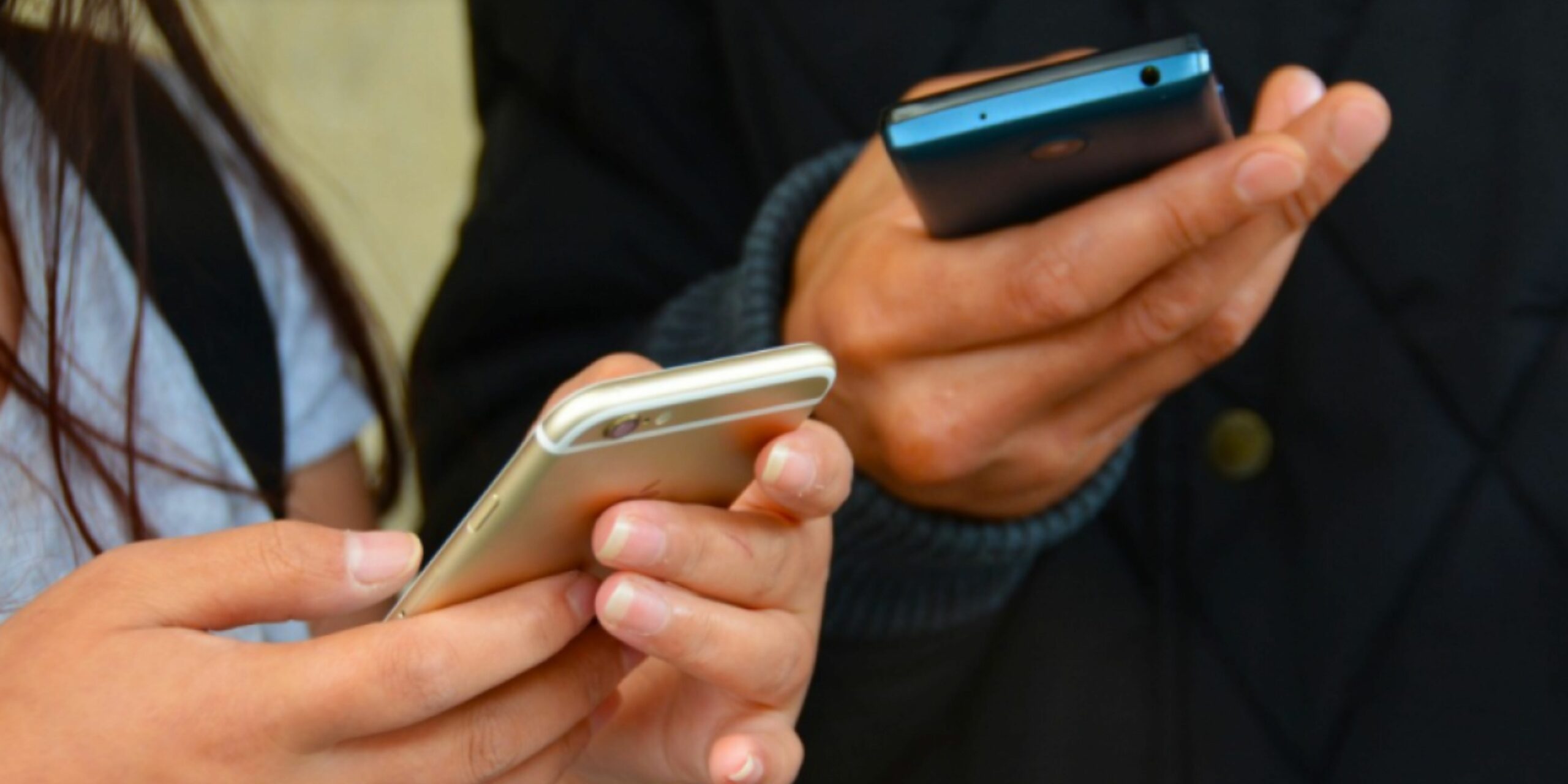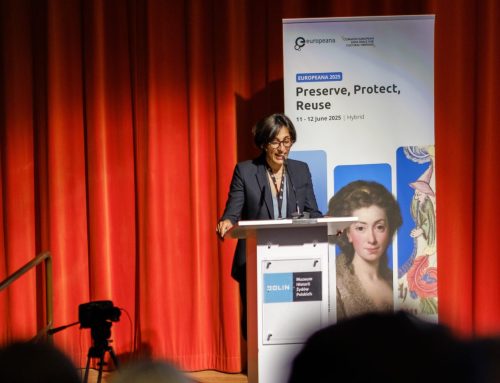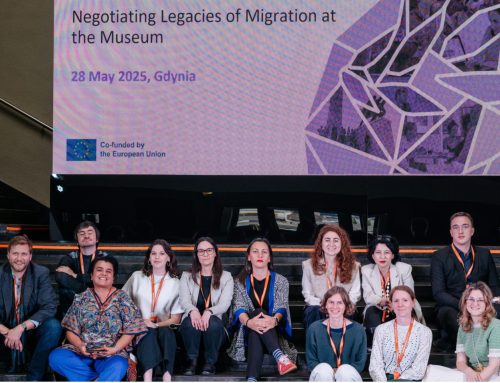Under Pressure talked to Anouk van Butselaar (41), who has been a teacher for more than 20 years, about the media habits of her students, how polarisation is increasing and why she is concerned about her students
Hi Anouk! Thank you for taking the time to talk to us about this issue. Let’s begin with what you enjoy most about your job.
I love that I can get students fired up about playing an active role in society. I raise awareness of the fact that they are allowed to vote, file complaints or join organisations to express their views. We address relevant topics such as ‘how does the government work’ and ‘why follow the news?’
Why are you looking to take part in Under Pressure?
My students often have a rather singular point of view. During the Black Lives Matter protests in the United States, for example, they focused solely on the story of “the white man brandishing weapons to defend his property against a mob”, completely losing sight of the fact that there are lots of black American citizens fighting against inequality. They can get overly focused on one side of a discussion, to the point that they actually start believing that that side is the only “real truth”.
Under Pressure combines peer education and gamification to make European young people resilient to disinformation and polarization. It was co-developed by Diversion, the Dutch bureau for social innovation. We recommend that teachers interested in employing the Under Pressure methodology consult their overview page for educators. For more information about Under Pressure or Diversion, please go to www.getunderpressure.com, www.diversion.nl or get in touch with Emma van Toorn at etoorn@diversion.nl. 
Are you concerned about your students’ media usage?
As a teacher, it concerns me that all these young people are thrown into society with such black and white conceptions of the truth. They watch videos posted by conspiracy theorists or footage of mobs storming the Capitol and create their opinion accordingly: they believe what they see on social media. Fortunately, I can see that they still have empathy. Sometimes, they will talk to me about what they watch and tell me: “I don’t know whether you would want to see this” or “I don’t think you would quite agree”. I always try to encourage them to consider a different perspective by asking them whether they watch the news, but I can tell that there is a huge gap in how we use media. They often either do not care about the news, or they do not understand it.
What do you like most about the Under Pressure method – peer education and gamification?
Having students engage in conversation with their peers is very powerful. I have found that, unfortunately, I am getting a bit old: I get my news from other sources and often have a different opinion than my students. Talking to someone who speaks their language and who they can identify with can be helpful, because it is a far cry from the he said/she said discussions they will typically have with teachers. We have taken part in peer education programmes before and it is very successful every time, with students really identifying themselves with their peers. In my opinion, we currently do not make enough usages of games in education, because teachers are still afraid to give up personal interaction with their students. Students, however, love learning by playing games: it gives them a clear role to play, something to do, and a break from having to listen to the teacher.
Do you think your students can recognise disinformation, or distinguish a fact from an opinion?
No, I do not think they can. It is difficult, of course, because there is often a thin line between disinformation and the truth. Sometimes, I will hear my students say that “all journalists are fake news”, but only because they do not know better. If you do not know that journalists have to abide by certain codes of ethics and that you can lodge complaints with the Press Council, it is no surprise that you believe that all journalists do is share their opinions.
Under Pressure was set up with the aim of countering polarisation by making young people resilient to disinformation and strengthening democratic values. How do you view polarisation in the Netherlands?
Attitudes in society are becoming more tough. In the past, I could show my students whatever I wanted, but now, I have started second-guessing myself more often. The Charlie Hebdo attacks ushered in a real change and you have to be careful about what you say and how you say it.
How does this manifest itself in the classroom?
Students are much more rigid and outspoken, even to each other. In the past, they would think: “I don’t know you, so I don’t know if you’re any good.” Now, they think: “I don’t know you, so you must be no good.” Now that many schools have stopped offering all different levels of secondary education, dedicating themselves to one or more levels instead, a kind of segregation has emerged. How much do VWO pupils really know about VMBO pupils, and vice versa? They do not meet anymore.
How do the Internet and social media contribute to this?
I have noticed that young people tend to gravitate towards opinions that match their own and only watch what they want to watch. Social media reinforce this and it is easier than ever before to disappear into a tunnel of sorts. In the past, people would watch mainstream media and see people from all kinds of different backgrounds. Now, it is as if old-school polarization has returned in a new guise.
We are now a year into the corona crisis. Has this affected your students’ media habits?
I do not have as much insight into what they are interested in anymore, because I am more concerned with their state of mind: what do their days look like and are they getting enough sleep? In the past, I would watch the news with my students, but now it has become hard to tell what is happening on the other side of the screen, which also makes it more difficult to make them aware of the bubble they could be in.
Soon, you will be taking part in Under Pressure and welcoming our peer educators. What do you hope to accomplish with the classes?
I can not change what my students come across online, but I hope that I can inspire them to ask themselves whether what they are being told is true. What are the intentions of the person who created this video? At the moment, they see everything in black and white and they are blind for shades of gray. Questioning what you see happening around you is essential, as it makes the world a more nuanced place.
Anouk van Butselaar is a teacher of Citizenship at the Koning Willem I College in Den Bosch, the Netherlands. This interview was originally published on getunderpressure.com.
For more on how to deal with fake news, propaganda and media literacy in the classroom, join EuroClio’s thematic webinar series Fake & Real.













